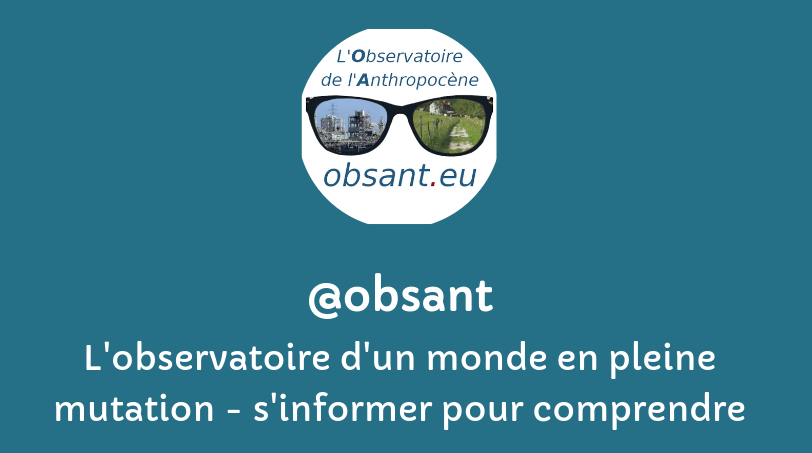Les champs auteur(e)s & mots-clés sont cliquables. Pour revenir à la page, utilisez le bouton refresh ci-dessous.
filtre:
geoingéniérie
We already have plenty of evidence of what happens when things better left to governments — which in this case might decide to never flip the switch at all — are ceded to private industry.
As corporate interest in ocean carbon removal grows, researchers from Woods Hole Oceanographic Institution are testing the safety and effectiveness of one such technique in the Gulf of Maine.
A team of researchers in California drew notoriety last year with an aborted experiment on a retired aircraft carrier that sought to test a machine for creating clouds. But behind the scenes, they were planning a much larger and potentially riskier study of salt-water-spraying equipment that could eventually be used to dim the sun’s rays — a multimillion-dollar project aimed at producing clouds over a stretch of ocean larger than Puerto Rico.
The startup Gigablue announced with fanfare this year that it reached a historic milestone: selling 200,000 carbon credits to fund what it describes as a groundbreaking technology in the fight against climate change . But outside scientists frustrated by the lack of information released by the company say serious questions remain about whether Gigablue’s technology works as the company describes. Their questions showcase tensions in an industry built on little regulation and big promises — and a tantalizing chance to profit.
Sarah Knapton Science Editor Sarah Knapton Related Topics Climate change, Sun, United Kingdom 22 April 2025 8:17pm BST Experiments to dim sunlight to fight global warming will be given the green light by the Government within weeks. Outdoor field trials which could include injecting aerosols into the atmosphere, or brightening clouds to reflect sunshine, are being considered by scientists as a way to prevent runaway climate change. Aria, the Government’s advanced research and invention funding agency, has set aside £50 million for projects, which will be announced in the coming weeks.
Firms are flocking to invest in geoengineering projects. Could such startups turn a profit by preventing climate peril? Luke Iseman is emboldened by all the criticism, personal attacks and negative press he has received. This article is guilty of feeding into that feedback loop — of lending some legitimacy to what he’s done. Many of the world’s atmospheric scientists will say this is dangerous, and they’re probably right.
Une carte interactive du monde , développée par ETC Group et la Fondation Heinrich Böll, a mis en lumière l'ampleur des expériences de géo-ingénierie visant à modifier le climat. La carte identifie plus de 1 700 projets dans le monde, notamment la capture du carbone, la gestion du rayonnement solaire, la modification du temps et d'autres méthodes.
The big question: Would climate engineering like sending reflective particles into the stratosphere or brightening clouds help reduce the national security risks of climate change or make them worse?
A UN meeting this week considered a motion on a suite of technologies known as ‘solar radiation modification’, but no consensus could be reached on the controversial topic.
During the past decades, the idea of acting to counteract the damage done to the ecosystem by humankind's activities has moved along at least two planning stages.
Techniques such as solar radiation management may have unintended consequences, scientists say
This Research Plan was prepared in response to a requirement in the joint explanatory statement accompanying Division B of the Consolidated Appropriations Act, 2022, directing the Office of Science and Technology Policy (OSTP), with support from the National Oceanic and Atmospheric Administration (NOAA), to provide a research plan for “solar and other rapid climate interventions.”
Mexico announced this Tuesday a set of measures to ban solar geoengineering experiments in the country, after a US startup began releasing sulfur particles into the atmosphere in the northern state of Baja California.
The United States and Saudi Arabia have hamstrung global efforts to scrutinise climate geoengineering in order to benefit their fossil fuel industries, according to multiple sources at the United Nations environment assembly, taking place this week in Nairobi.
In the face of environmental collapse, humanity may need to turn to artificial replacements for nature – how might we avoid the most dystopian of these futures? Researcher Lauren Holt makes the case for a broader form of "offsetting" to help balance technology with natural systems.
An extreme technologically adapted future has not been defined in the literature. Such a future could be argued to be morally justifiable.However, a highly technologically mediated relationship with the biosphere introduces unique risks. These are likely to endanger humanity and future Earth-originating life-forms as well as creating moral hazard. An extreme technologically adapted future is therefore undesirable compared to restabilising the biosphere.
The federal effort could set the stage for more studies into the feasibility, benefits and risks of one of the more controversial means of combating climate change.
Technologies for the removal of carbon dioxide (CO2) from the atmosphere (direct air capture, or DAC for short) are already in use, but neither their actual benefits for climate protection nor their other environmental impact have yet to be investigated.
abs_empty
![]()



